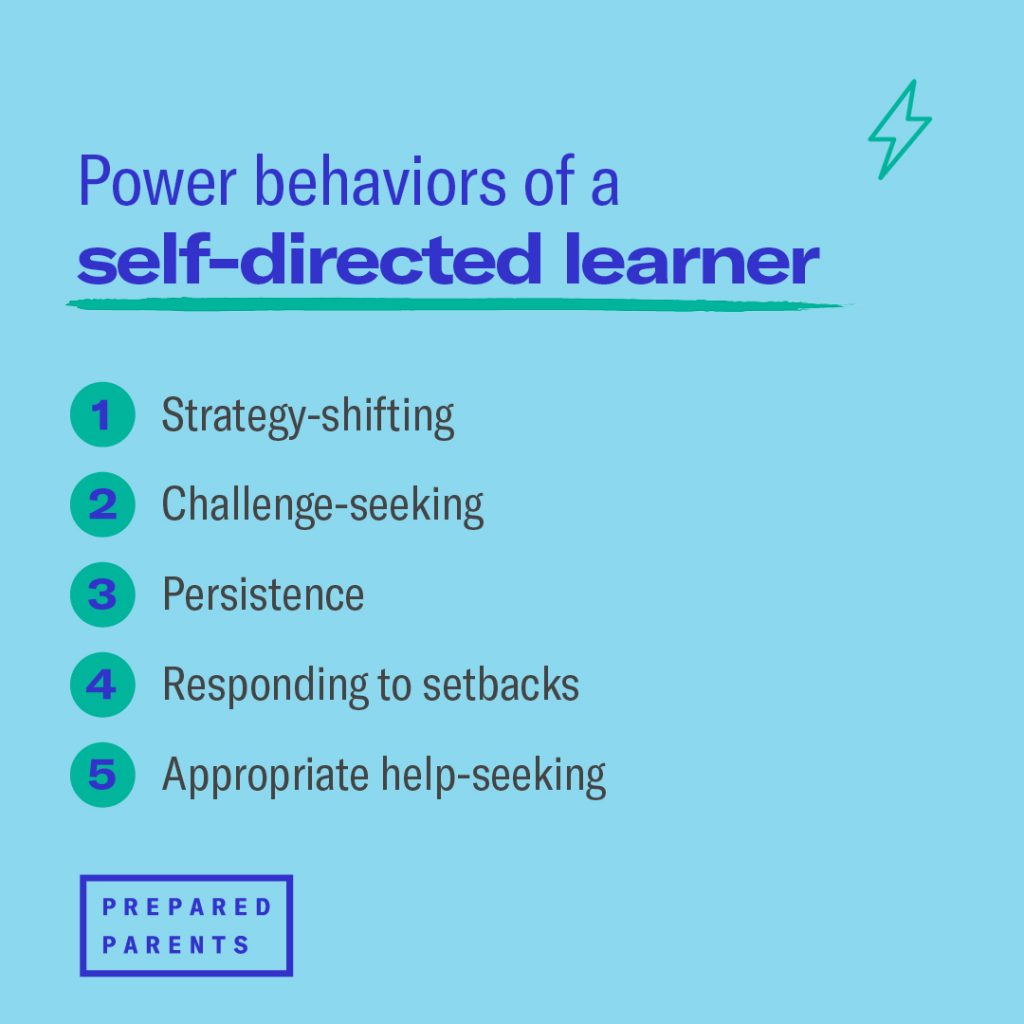Long-distance runners describe a phenomenon called “hitting the wall,” where one moment they’re flying along, feeling great, and the next, they’re zapped. With energy drained, the road ahead looks long. You and your kids may have experienced a similar feeling, at one moment, full of vigor, only to lose steam rapidly when things get tough. The feeling isn’t always as extreme as hitting the wall—sometimes things are just hard, and our efforts don’t match our results. What do we do?

Experienced runners power through moments like these, finding different ways to overcome obstacles and doubt. Some change strategy and find a more comfortable pace. Others speed up to recalibrate what hard effort feels like. Some apply a continuous, steady effort to the finish—like the determined tortoise in the tortoise and the hare story—and others take a break and then get right back on track. And sometimes, support from spectators can carry a tired runner across the finish line.
Obviously, kids aren’t all runners, and learning is not a race. But there are strategies self-directed learners can use to push through challenges and overcome obstacles. The five power behaviors of self-directed learners can help kids find their second wind.
When kids say an experience is frustrating and they want to give up, it’s not necessarily because the work is too hard and certainly not because the kids are lazy. Research shows us that kids may give up learning something because they are not making progress.
When kids struggle to pick up a new skill, they can misinterpret “this is hard” for “I‘m not good at this” and give up. Power behaviors can help kids to overcome this hurdle and reframe struggles. Learning scientists call this desirable difficulty, a term first coined by Dr. Robert Bjork in the 1990s. Desirable difficulty refers to learning activities that are hard to do, but because we desire to learn them, we’re willing to put in the effort. And bonus! When we power through, we retain the information longer and in greater detail.
“When it feels like your kid is giving up, what is actually happening and what the research would say, is that they’re just not feeling like they’re making progress.”
– Mira Browne, Founder, Prepared Parents
Instead of showing exasperation or stepping in, encourage your kid to use the Power Behaviors. These strategies provide a framework and language to use that isn’t personal or judgemental—it shifts the conversation away from what the kid didn’t do, to what strategy might be the best method for accomplishing the task. As a parent or learning leader, you can help kids acquire skills to move past obstacles by encouraging these five power behaviors:
- Shift Strategy
- Seek Challenges
- Show Persistence
- Respond to Setbacks
- Seek Appropriate Help
Pro-Tip!
These behaviors take time to establish, and it can be hard for the adult to encourage the right moves when a kid doesn’t say the “right” thing, or says nothing at all, and the adult needs to prompt the conversation.
When this happens, focus on PROCESS (finding strategies, encouraging determination, asking questions, etc.) rather than on PRODUCT (regardless of whether it’s good or bad). This is the difficult instinct that we all have to try to overcome.

